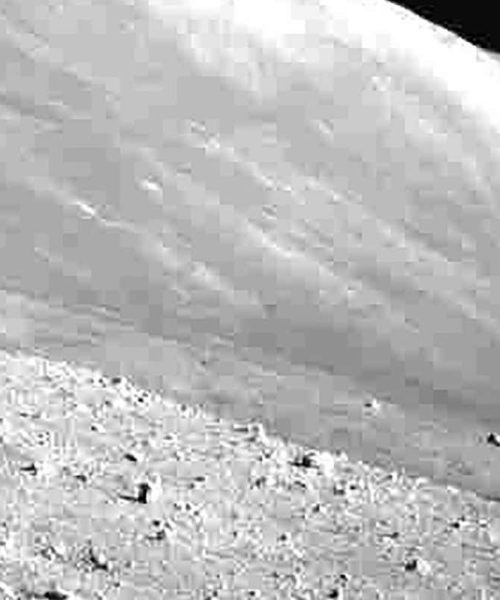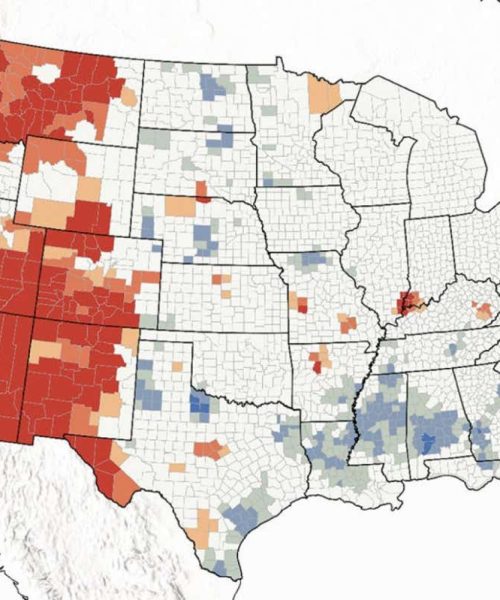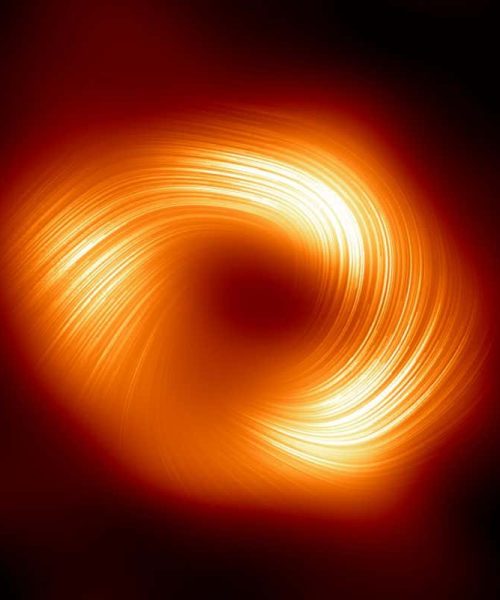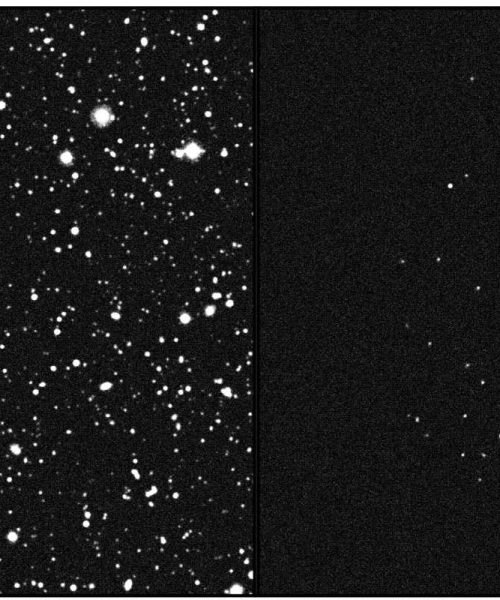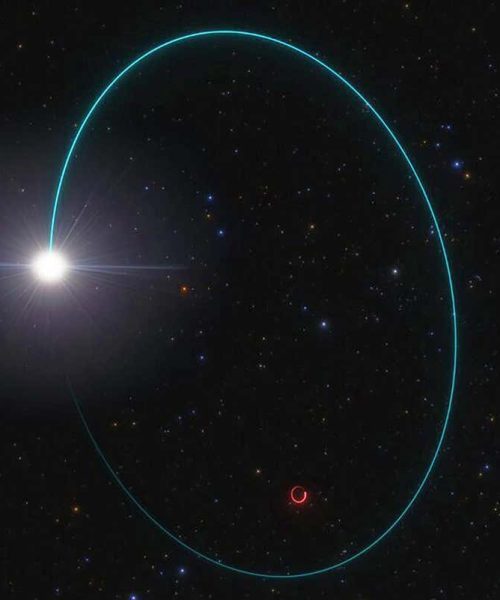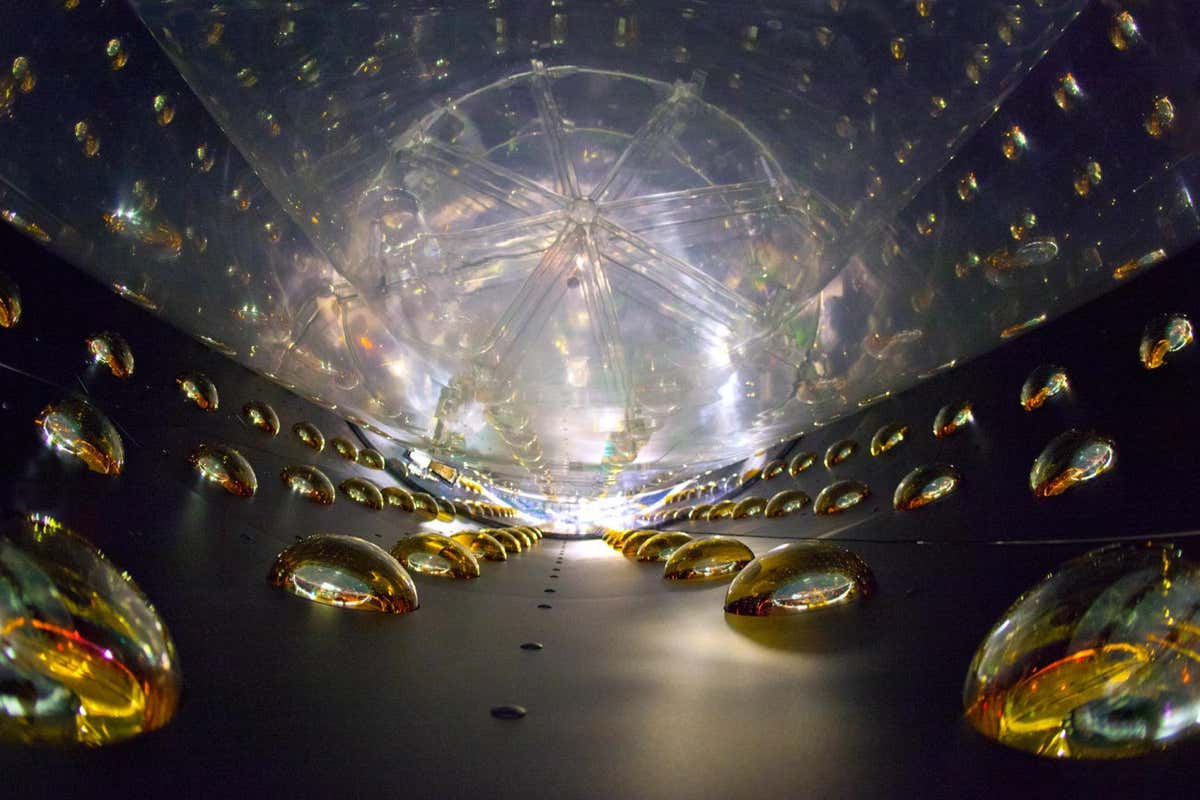
Daya Bay Neutrino Experiment in China is a more modern facility that aims to study the properties of these ghostly particles
Nature and Science/Alamy
AN INSTANT after the big bang, a vast shower of particles was released into the cosmos. Ever since, they have been flooding through space, carrying with them secrets from the dawn of time. How we would love to capture one – but these messengers are as elusive as they come. They pass clean through matter: 100 trillion of them are streaming through your body every second and you never notice.
These ghostly things are neutrinos, elementary particles that we know exist but that are exceedingly difficult to detect. There are experiments around the world that can capture neutrinos released from the sun, in vast traps buried more than a kilometre underground, for instance. Yet neutrinos released just after the big bang have far less energy and have so far proved impossible to detect at all.
A fabulous prize awaits if we could spot them, though. They would paint us an unprecedented picture of the universe in its very first moments, hundreds of thousands of years earlier than we have ever been able to see before. It would transform cosmology.
For decades, any plans to detect these elusive particles have required technology beyond our wildest imagination. But now things have moved on and I have a suggestion for how we might just snare them. In the past, we have simply waited for neutrinos to come to us. Yet there may be a way of having our detectors race towards them.
Everything we …

